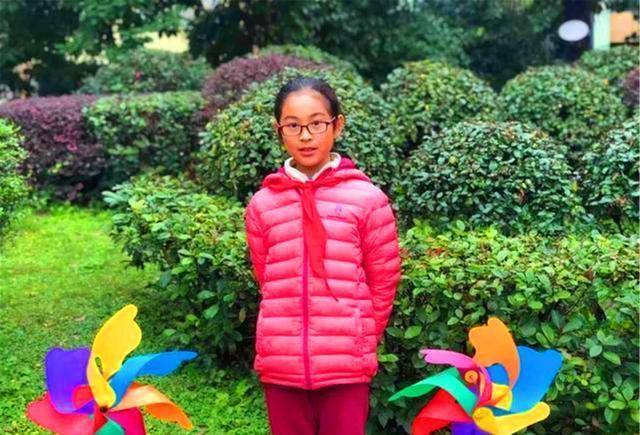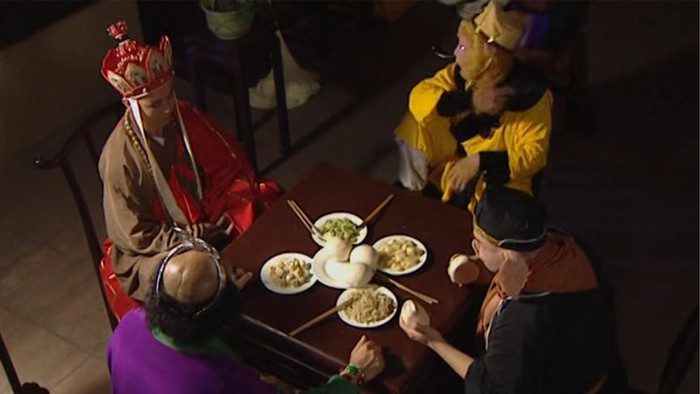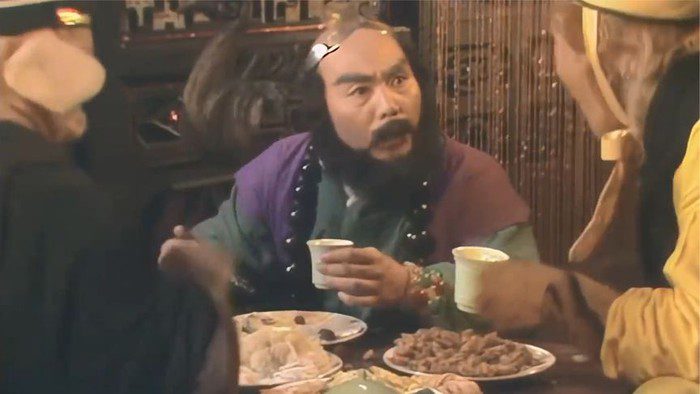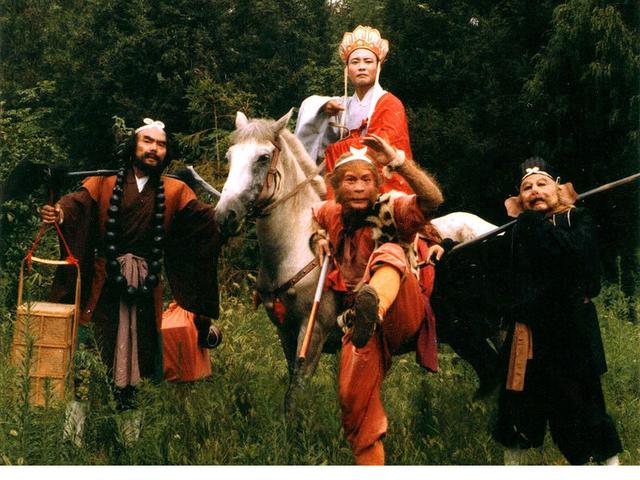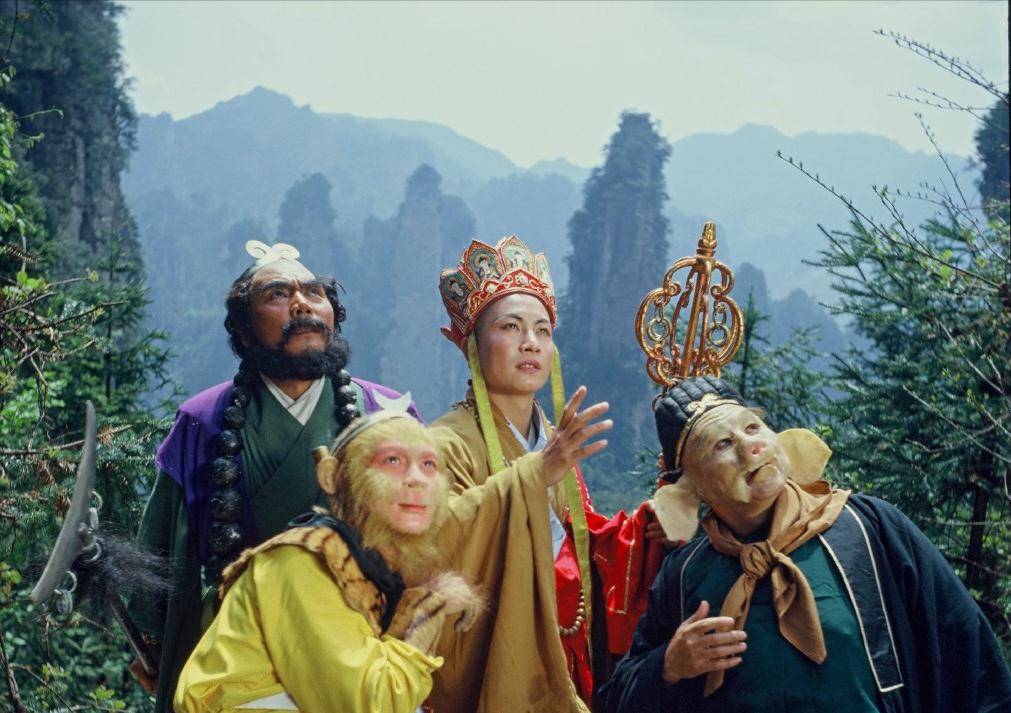“Journey to the West” is considered a literary masterpiece that has inspired numerous individuals. Its original text has also been the subject of extensive scholarly research and has become a unique genre of literature.
Recently, a fifth-grade girl, 11 years old, made a significant discovery related to “Journey to the West.” After expert examination, it was confirmed that this “food item” had not been discovered for over 400 years.
The girl, Ma Tzu Tê, born in 2009, is the one who made the discovery of this “food item.” At the time, she was in fifth grade at Hang Chao, China. She loves reading and insists on holding a new book every day without complaint. Despite her young age, she has read an impressive number of different genres.
Ma Tzu Tê’s favorite work is “Journey to the West” by Wu Cheng’en. Although there have been many animated adaptations of “Journey to the West,” she has never watched the films but only read the original text. She believes that animated adaptations cannot fully convey the interesting elements that Wu Cheng’en intended to express, often missing out on the essence of the literary masterpiece.
Because she enjoys reading so much, Ma Tzu Tê has read “Journey to the West” multiple times, and each time brings a new experience. She feels that reading books can provide insights that may differ from previous readings. After reading it many times, Ma Tzu Tê discovered a detail that is the food of the monk Tang Seng during his pilgrimage, which remains unchanged.
We all know that Tang Seng and his companions traveled to the West to retrieve scriptures, passing through many cities and towns. However, as Ma Tzu Tê discovered, the “food item” of the monk Tang Seng is entirely a Jiang Huai dish.
Notably, Jiang Huai refers to the Jiangnan and Huaihai regions, which are currently in Jiangsu Province, Anhui Province, China.
Tang Seng originated from Chang’an and headed toward the West, passing through various regions. According to the text, they could not have obtained the scriptures in Jiang Huai. However, as Ma Tzu Tê read the entire literary work, although Tang Seng’s journey reached the West, they still enjoyed Jiang Huai cuisine, which remained unchanged.
The dishes mentioned in Tang Seng’s journey are primarily local specialties of Wu Cheng’en’s hometown (Lianxi County, Huai’an, Jiangsu Province), and some are even the favorite dishes of Wu Cheng’en himself. A famous literary work like “Journey to the West” holds numerous gastronomic secrets that are a treasure trove.
Ma Tzu Tê was astonished by this discovery. She quickly wrote and submitted an article to highlight the cuisine in “Journey to the West.” This research by Ma Tzu Tê has sparked significant interest among experts.
After conducting research, several experts acknowledged Ma Tzu Tê’s discovery and concluded that Wu Cheng’en lacked experience in long-distance travel and had little insight into the cultural gastronomy of various regions in China before incorporating them into the literary work.
Ma Tzu Tê’s discovery is not only significant for researching “Journey to the West,” but it also carries profound implications for classical literature. Classical literature has many constraints, making it challenging to explore. However, we can understand the author better through these details, gaining deeper insights into the work and its significance.
Ma Tzu Tê is a student who enjoys reading and critical thinking. Her insights into literature are quite refreshing, prompting numerous experts to engage in discussions.


